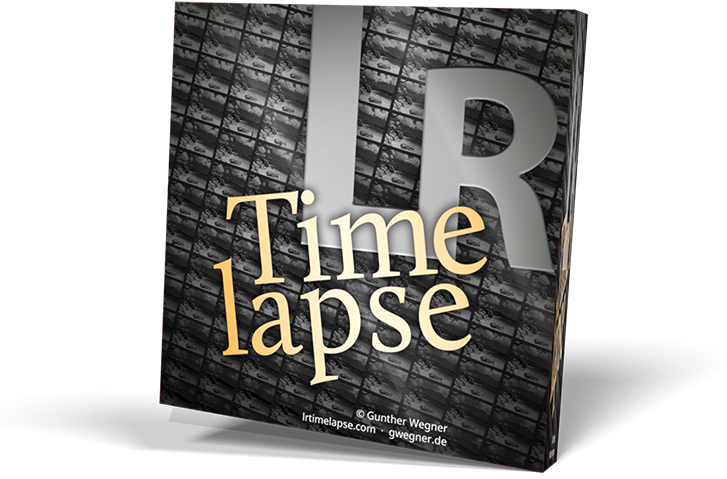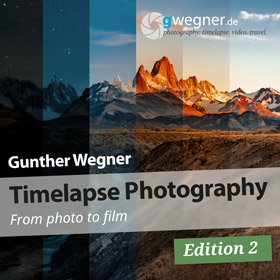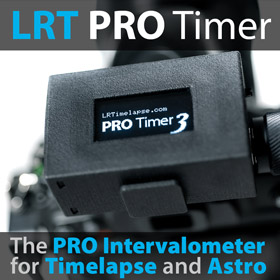Posts: 10
Threads: 3
Joined: Apr 2016
For a still photo, my standard process is to take a blue-hour photo of the foreground and then blend it into the multiple image stacked starry sky photo. The purpose obviously is to get good foreground detail with minimal noise.
How do I accomplish something similar for a night sky timelapse (without a tracker)? I want a night sky timelapse with a high quality foreground, and my attempts so far have been poor.
I can't extend the exposure time because I'll get unwanted star trails. (or, do star trails even matter with a timelapse? -- I've never tried that) A higher ISO would provide a brighter exposure (with possibly more noise) but could blow out the stars themselves. I'm already wide open with my aperture.
I'm stumped. Is the only answer a tracker?
My equipment:
Sony A7iv. Sony G 20mm 1.8.
How do I accomplish something similar for a night sky timelapse (without a tracker)? I want a night sky timelapse with a high quality foreground, and my attempts so far have been poor.
I can't extend the exposure time because I'll get unwanted star trails. (or, do star trails even matter with a timelapse? -- I've never tried that) A higher ISO would provide a brighter exposure (with possibly more noise) but could blow out the stars themselves. I'm already wide open with my aperture.
I'm stumped. Is the only answer a tracker?
My equipment:
Sony A7iv. Sony G 20mm 1.8.
Gary[size=small] [size=x-small][size=xx-small](Sony A6300 shooter)[/size][/size][/size]





